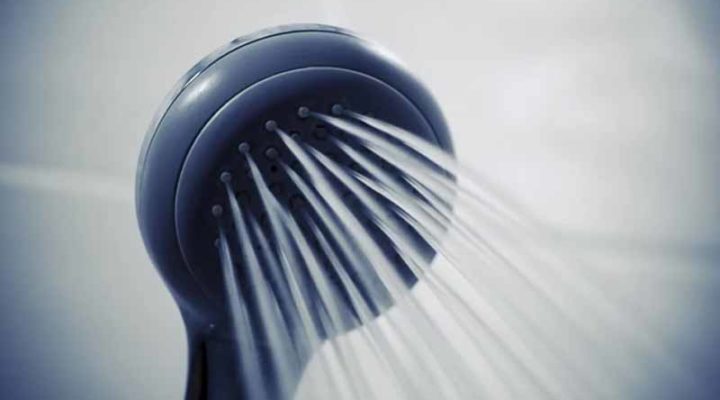
One of life’s greatest pleasures is taking a long, steaming shower. It’s a moment where you can de-stress and eliminate all of the worries in your day-to-day life.
But that can quickly come to a halt when you realize that the shower has low water pressure. When the shower feels more of a light rain than a blasting stream, it can definitely ruin your day. If you find yourself dealing with low water pressure, there are a couple of steps you can take that will help alleviate the issue.
With that said, here are our top 10 tips to boost the water pressure in your shower for a more relaxing experience.
1. Clean the shower head
Over time, the shower head can become blocked due to limescale buildup. Limescale buildup is a mineral deposit that’s caused by hard water drying up. If you notice a chalky, dust-like stain on the shower head, it’s likely that the spray holes are clogged with limescale.
Take the showerhead off and soak it under vinegar for 15 minutes. Vinegar helps dissolve the mineral deposits and makes them easier to remove. Use an old toothbrush to remove loose debris and rinse the shower head afterward. You’ll notice an immediate improvement in the water pressure in your shower after cleaning the shower head.
2. Check for flow restrictors
Many shower head manufacturers use flow restrictors in an effort to conserve water and reduce the water bills of their consumers. While it’s definitely a good idea, sometimes it can cause a few headaches, one being a weak shower stream. Remove the shower head and check if there’s a flow restrictor installed. Remove the flow restrictor and install the shower head back up to see if there’s any improvements with the water pressure.
3. Check if the valve is fully open
A main shut-off valve is what regulates the flow of water into various fixtures in your home. If the shower in your bathroom suffers from low water pressure, it’s worth checking the valve to make sure it’s fully open. You can locate the valve around the mains system in your home.
4. Check for kinks in the water line
A quick fix for addressing low water pressure is by checking for kinks in the water line. This problem is quite prevalent in showers that use a flexible water line rather than pipes. Just straighten off any kinks to ensure there’s no restrictions in water flow.
5. Check for pipe leaks
Leaking pipes are one of the main culprits of low water pressure. Often times, it’s the pipes that leak the most due to poor plumbing. A plumbing professional inspects all the pipes around your home and have a plumber address any leaks. For a temporary fix, use epoxy until the plumber arrives.
6. Open the water heater valve
If there’s sufficient water pressure when you use cold water but it weakens when you use hot water, the problem could stem from the water heater. The first thing you should do is check the shutoff valve. Make sure it’s fully open and it should solve the problem right away.
7. Drain the water heater tank
Sometimes the water heater tank can become blocked with sediment, which explains why water pressure is so low. The pipes could also be blocked with debris. To alleviate this, simply drain the tank and flush out all the lines connected to it. This should promote a continuous flow of water whether you’re using hot or cold water.
8. Use a low-pressure shower head
Low-pressure shower heads work great if you’re suffering from water pressure issues in your home. These shower heads are designed specifically to improve water flow as it passes through the spray holes. It’s an affordable yet effective solution for low water pressure that you should definitely try out.
9. Take showers during off-peak hours
During a busy day, there’s more demand for water, meaning that there’s less water available for your shower to use. If you can, try to shower during off-peak hours like before people go to work or after they’ve gone to work. You’ll notice an improvement in water pressure when not everyone is using water at the same time.
10. Invest in a shower pump
If all else fails, then it might be time for you to invest in a shower pump. A shower pump works by taking low pressure water and pumping it through an impeller which then blasts the water to a much higher pressure. It’s a costly investment, one that will set you back a minimum of $1,000. Consider it a last resort if none of the above tips are working.
These 10 tips will help boost the water pressure in your shower and make your mornings a much more relaxing time. We recommend contacting a professional like Shower Repairs Perth to evaluate the issue and present you with a viable solution to fixing the problem.
Leave a Reply